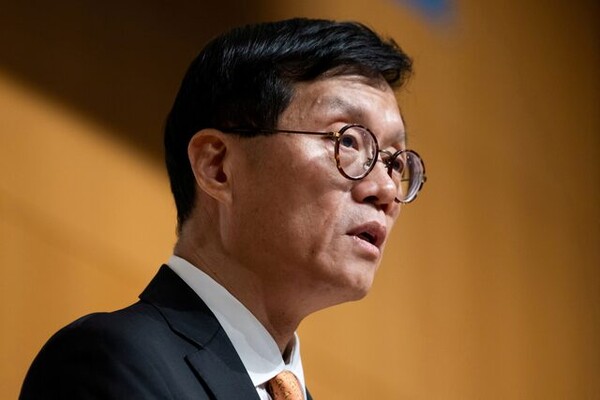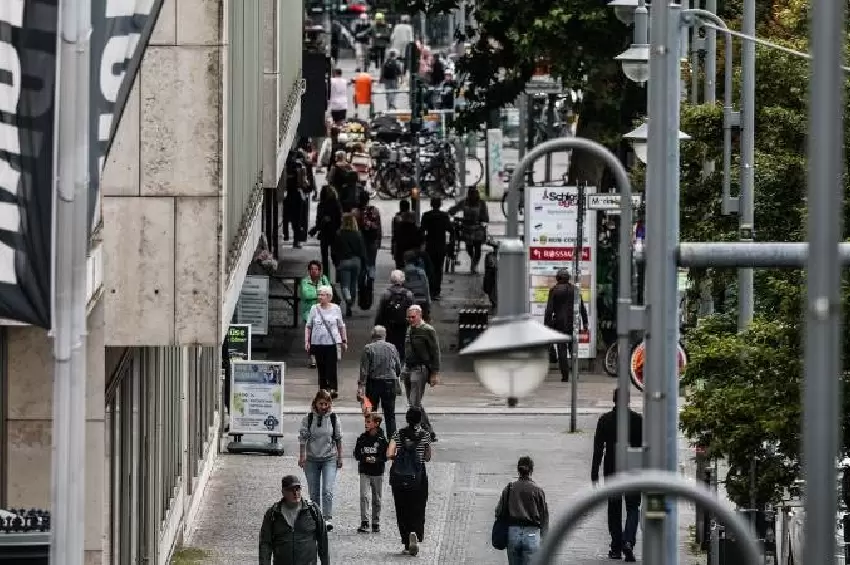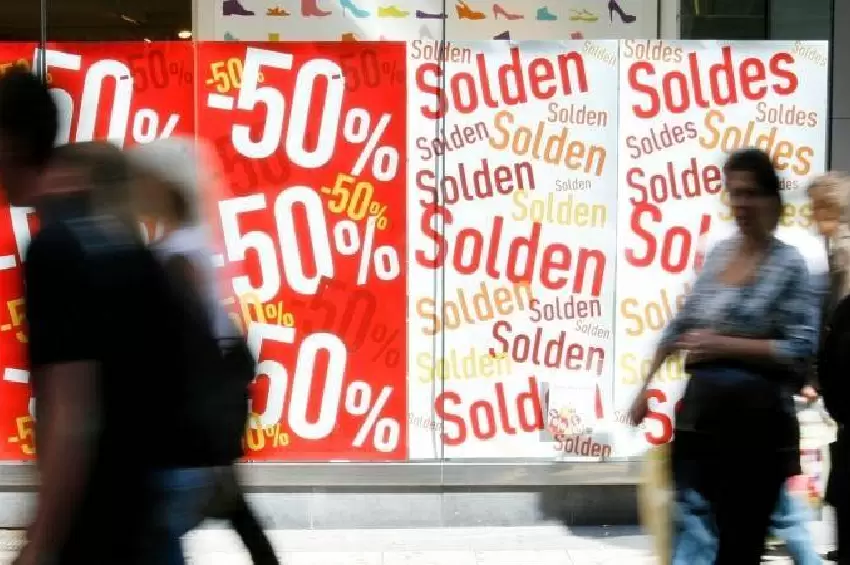Bank of Korea Reports Significant Rise in Domestic Supply Price Index
The Bank of Korea revealed on December 20th that the domestic supply price index for November reached 124.15, marking a 0.6% increase from October's 123.47. This marks the largest rise in seven months, since April's 1% increase. The surge is primarily attributed to the rise in import prices due to higher exchange rates, with the won-dollar exchange rate trading in the mid-1,400 won range since last month.

The Ministry of Trade, Industry, and Energy, along with KEPCO, had previously announced in October that industrial (A) electricity rates would be raised by 5.2% from 164.8 won to 173.3 won per kWh, and industrial (B) electricity rates would be raised by 10.2% from 165.8 won to 182.7 won per kWh. This hike in electricity rates has significantly influenced the producer price index, contributing to the overall increase in the supply price index.
Examining the November producer price index by item, agricultural, forestry, and fishery products fell by 3.6% from the previous month. However, manufactured goods saw a slight rise of 0.1%, and electricity, gas, water, and waste services increased by 2.3%. Notably, major agricultural and livestock products such as cabbage, lettuce, pork, and chicken experienced significant declines, with cabbage prices dropping by 42.3% and lettuce by 64.1%.
A Bank of Korea official commented, "In the case of raw materials, the domestic shipment price index fell by 2.6%, but the import price index rose by 3.1%." For intermediate goods, the domestic shipment and import price indexes rose by 0.3% and 1.9%, respectively. This indicates that while domestic demand is gradually improving, the rise in exchange rates and public utility rate hikes are exerting upward pressure on prices.
The consumer price inflation rate recorded 1.6% in September and remained in the 1% range for three consecutive months in October (1.3%) and November (1.5%). However, the likelihood of the consumer price inflation rate rising back to the 2% range has increased due to exchange rate instability and other factors. Bank of Korea Governor Rhee Chang-yong explained, "The current consumer price inflation rate, which has fallen to the 1% range, is expected to stabilize around the target level of 2% next year," adding, "There are many uncertainties in the inflation outlook path, including the process of the president's impeachment."
Cho Young-moo, a research fellow at LG Economic Research Institute, predicted, "It can be seen that the high exchange rate level and inflationary pressures have not completely disappeared," adding, "It will not be easy for the Bank of Korea to ease monetary policy as quickly as expected due to various variables."
The Bank of Korea's recent report on the operation of the price stability target analyzed that while domestic demand is gradually improving, exchange rate rises and public utility rate hike pressures could act as upward factors. If inflation becomes more visible, it is expected to have a negative impact on the Bank of Korea's monetary policy easing, potentially affecting South Korea's economic growth rate, which is projected to fall to the 1% range next year.









Comments